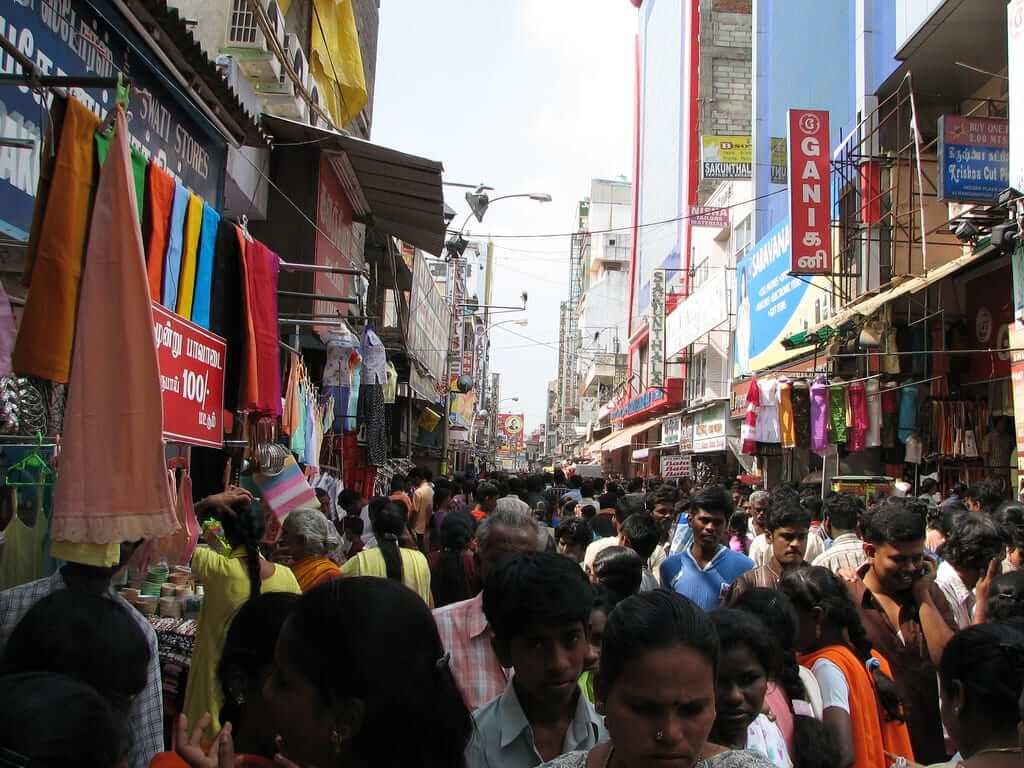Ecommerce in India is looking pretty so far, but 99% of the canvas is still unpainted. The country’s online retail sales currently account for less than 1% of the total revenue generated by retail sales. However, it would be inaccurate to label India’s e-commerce state as ‘infantile’, for the industry has seen growth — fast and furious — over the past few years. For example, India’s online retail market share nearly doubled from 10% in 2009 to 18% in 2013. With the gears well-oiled to continue turning at this robust rate, key e-commerce players are forecast to run on exponential growth for the next five years.
With reference to a recent study by TechSci Research, India’s e-commerce market is predicted to grow at a compound annual growth rate (CAGR) of over 36% between 2015 and 2020. A combination of many important determinants work together in producing this figure. Internet and mobile penetration is at an all-time high and growing stronger by the day. With cheaper internet and mobile data plans being churned out, the feverish bug of online retail is spreading beyond Tier 1 consumers, but also to the Tier 2 and 3 consumers in India. Accessibility and awareness work hand in hand to contribute toward heightened interest in online shopping. Foreign Direct Investments and aggressive funding in both retail startups and giants are also major factors in stoking the fire. In the next half-decade, Taiwanese electronics maker Foxconn Technology Group will pour 5 billion USD of commerce investments into India.
On the consumers’ side, aggressive marketing and attractive discounts on spending are incentivising them to open their wallets. The big boys of India’s online retail — Flipkart, Snapdeal and Shopclues — compete for market share by keeping their prices low and competitive. Cashback sites have also caught on in recent years and proved to be a popular channel for consumers to make their purchases. These cashback sites monetise by providing rebates for consumers on their spending and purchases.
Just this year, Southeast Asia-based cashback startup ShopBack launched in India. With a strong pulse already felt in Singapore, Malaysia, and the Philippines, ShopBack opened strong in India as well, offering customised cashback options for key Indian merchants like Jabong, MakeMyTrip and Amazon.in. Co-founder Joel Leong said, ‘We recognise that Indians are heavy users of mobile recharge, so we want to help them save money by paying them extra cashback for an indispensable necessity.’
As of Q2 of 2015, a study by the Telecom Regulatory Authority of India revealed that mobile subscribership clocks in at almost one billion Indians. Recognising the savings prospects this entails for mobile users, ShopBack made its Indian debut providing 5% cashback for mobile recharge and bill payment with Paytm. To put that in perspective, the current market rate is only at 1.9%.
What obstacles must be demolished?
From arid dry deserts to sweeping mountain ranges, the Indian subcontinent is flush with beautiful panoramas. However, this varied landscape — coupled with insufficient suitable infrastructure — incubates a disorientating headache for retailers seeking economical logistics and transport systems. The developing country’s business-to-consumer e-tail platform is thriving, but specific to this department, the delivery fees for sending a single parcel from one end of the country to the other can be steep, making them unpopular with buyers and cost-inefficient for sellers. Currently, logistics systems in India are metropolitan-centric and target mostly Tier 1 consumers. About 90% of goods purchased online are delivered by air, layering added costs for retailers. Surveys have shown that Indian consumers expect low-cost, if not no cost, where shipping and returning charges are involved.
Another hurdle to cross for India’s e-commerce growth also happens to be their most favoured payment method: cash-on-delivery. Although manpower-intensive and time-consuming for retailers, the system accounts for more than 80% of e-tail transactions in India. The vibrant cash economy is supported by a majority of consumers who prefer inspecting the goods to match expectations before counting out the banknotes. This purchasing behaviour means returns and non-payments are high, and efforts and delivery costs come to naught for retailers. Plagued by low credit card ownership amongst the overall population, it seems this arrangement is set to continue, at least in the near future. However, the preference for COD also stems from a distrust in the lack of delivery and transit structures. Investments are already laying on the foundation for these problems, and key players are also introducing online payment wallets and enticing credit card payment options. The e-tail industry holds huge promise for expansion should these issues be alleviated.
What is brewing in the future?
India has a potential consumer base which far outsizes those of many other countries in the world. Currently, a flourishing travel market accounts for more than half of the total e-commerce market. Ticket-purchase, hotel-reservations, and holiday-planning are increasingly being completed online, and this trend shows no signs of slowing down.
2015 was a remarkable year for India’s e-commerce, booming from 5 billion USD to 8 billion USD. Although there is no question of it continuing to permeate consumers’ lives in 2016, India’s e-commerce seems to be paving another route of growth. Out of at least 75 million predicted e-tail consumers this year, more transactions are likely to go through mobile phones than computers. India is opening its doors wider to international firms by the day and with accelerating capital flows bolstering economic liberation, the drumbeat of India’s e-commerce is looking to resonate stronger than ever.
































